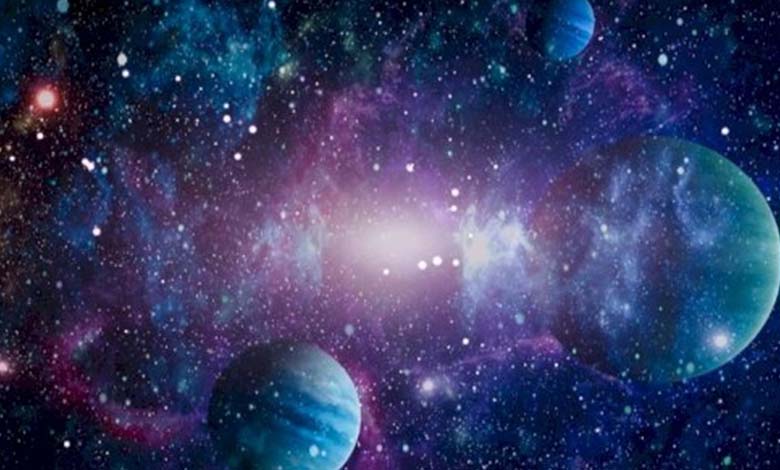The Green Monster… Astronomers solve the puzzle of an exploding star

A recent study reveals that the peculiar light known as the “Green Monster,” first observed last year, is associated with a shockwave from the debris of a star explosion.
Astronomers, in a groundbreaking study published in the Astrophysical Journal, delved into the intricate details of the remnants of the “Cassiopeia A supernova,” unprecedentedly combining data from NASA’s Chandra X-ray Observatory and the James Webb Space Telescope.
“James Webb” contributes to deciphering the chemical code of a “hot Saturn” planet According to “Space,” this collaborative approach played a crucial role in decoding information about the mysterious structure within the remnants of the dying star, referred to as the “Green Monster.”
The Cassiopeia A supernova is an expanded shell of hot gas located about 11,000 light-years away from Earth, and its light reached Earth for the first time in 340 years.
James Webb observed the feature of the “Green Monster” for the first time in April 2023, as the new image shed light on new insights into the explosion that led to the appearance of “Cassiopeia A” about 340 years ago.
The newly composed image, unveiled on January 8 at the American Astronomical Society conference held in New Orleans and online, combines observations from the Chandra, James Webb, Hubble, and Spitzer space telescopes, providing unprecedented details of “Cassiopeia A.”
The light sphere, extending for ten light-years, appears saturated with red clouds, revealing dust that is likely warm as it resides within the gas heated to millions of degrees.
The scattered white, green, and orange light lines throughout the image present a stunning and chaotic view of stellar debris.
The new observations indicate that the threads in the outer part of “Cassiopeia A,” resulting from the shockwave, closely match the X-ray characteristics of the “Green Monster,” suggesting that the peculiar feature originated when a shockwave collided with material already ejected from the star, approximately between 10,000 and 100,000 years before its explosion.
The scientists stated in a statement that “the Green Monster bombards the central part of (Cassiopeia A) instead of being a part of it.”
The team digitally removed the “Green Monster” from the image to gain a better understanding of the details behind it near the center of “Cassiopeia A,” closer to the explosion site.
Daniel Milisavljevic, from the University of Bordeaux, who led the new study, said that this region somehow remained sheltered from the subsequent shockwave, adding, “This is the first time we’ve been able to see the well-preserved internal parts of a supernova explosion in such detail.”
The “primordial debris network” likely formed when the star’s inner part mixed with highly heated radioactive material during the stellar collapse. Therefore, studying such structures can reveal more about the physical processes associated with stellar collapse.












